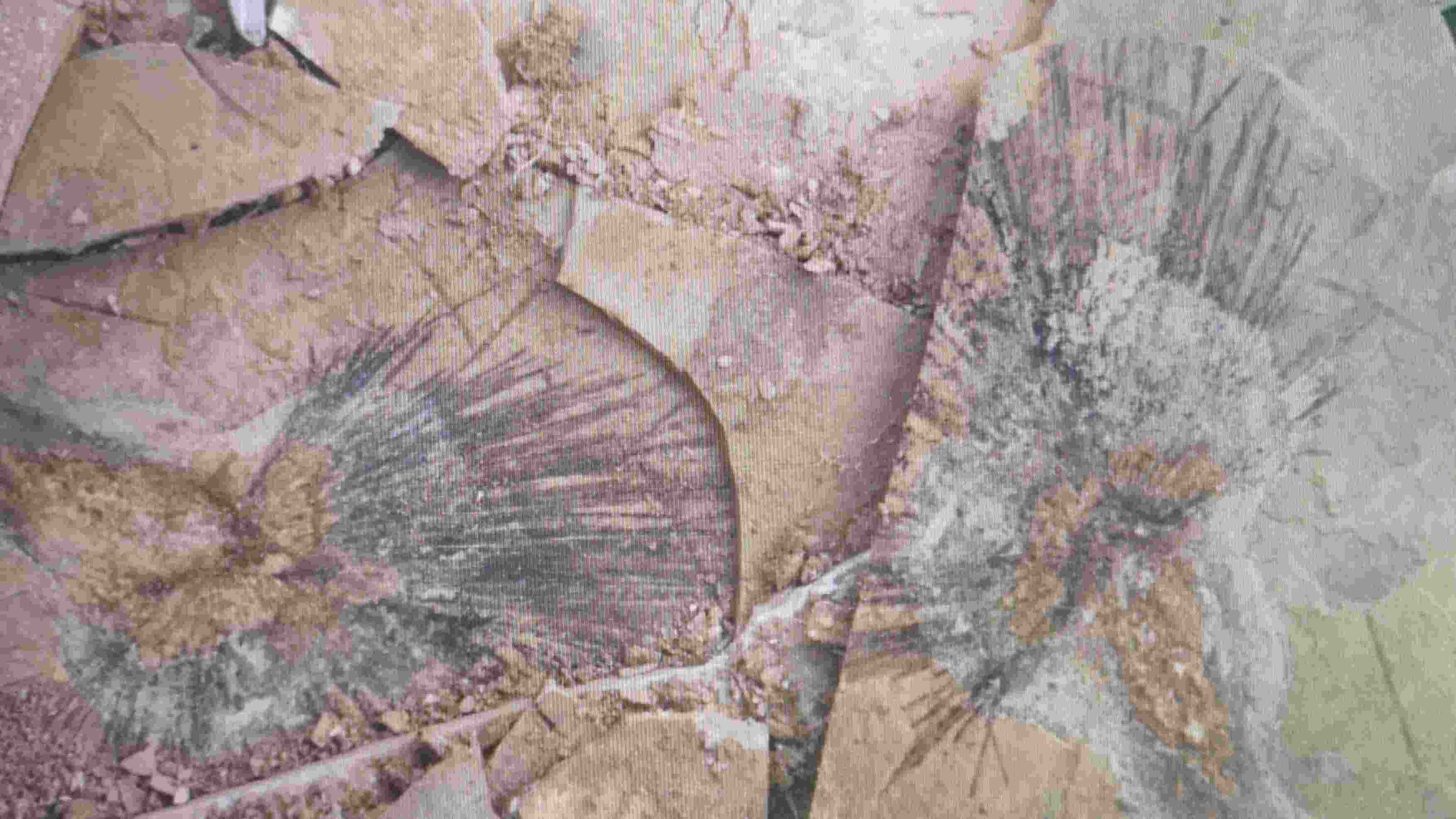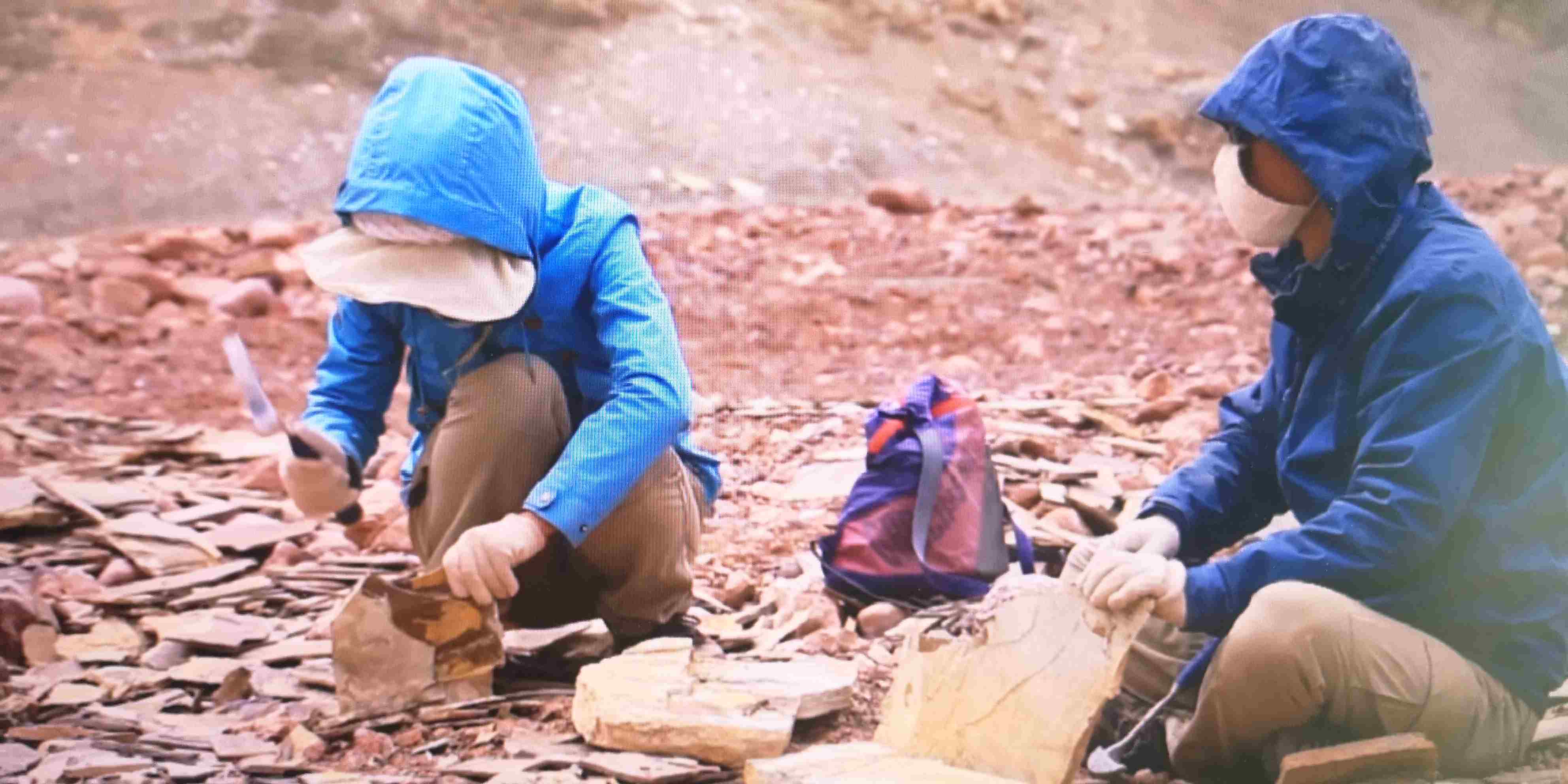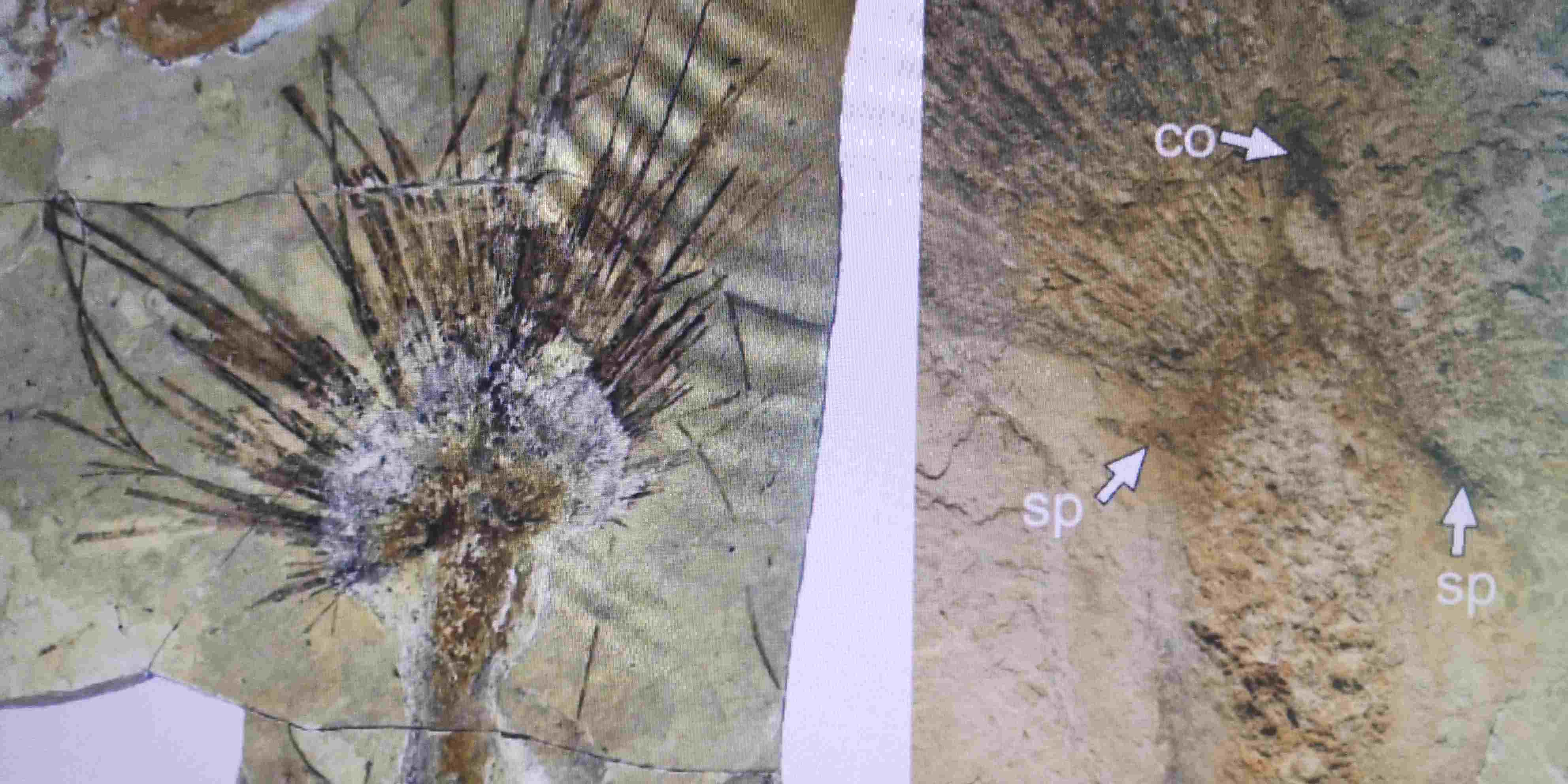
Culture
20:12, 07-Mar-2019
Plateau Fossil Research: Discovery challenges environment evolution theory
By Sun Wei, Ding Siyue
01:33

Understanding the Qinghai-Tibet Plateau's ancient geography and environment is critical to reconstructing the climatic history of Asia. A report by scientists studying an old tree fossil has raised questions over the accepted views on the subject.
The report by Chinese scientists, published last week in "Science Advances" magazine, draws its conclusions from the research on several well-preserved palm leaf fossils, found in Tibet.
The leaves date from the Late Paleogene period, around 25 million years ago. Su Tao was a member of the team that found the leaves in 2016.

The research team works on the site. /CGTN Photo
The research team works on the site. /CGTN Photo
"It came as a big surprise. When we opened the rock stratum, we found a very large palm tree fossil. The leaf veins were obvious, and the petiole was nearly 70 centimeters long. This was the first time a palm tree fossil had been found in the core area of the Qinghai-Tibet Plateau," said researcher Su Tao.
From their studies, the scientists concluded that there could have been no high plateau in the heart of the Tibet region in the Paleogene period.

The details of a well-preserved palm leaf fossil found in Tibet. /CGTN Photo
The details of a well-preserved palm leaf fossil found in Tibet. /CGTN Photo
Researcher Zhou Zhekun said, "The discovery of the fossil has changed our understanding of the Qinghai-Tibet Plateau. It means the plateau used to feature considerable biodiversity, with forests, mountains and lakes."
According to the scientists' report, the region featured a topographically highly-varied landscape, at the heart of which was a valley, whose floor was bounded by high mountain systems.
The finding challenges the prevailing view on the role of tectonic processes and monsoon dynamics in the evolution of Asian biodiversity.

SITEMAP
Copyright © 2018 CGTN. Beijing ICP prepared NO.16065310-3
Copyright © 2018 CGTN. Beijing ICP prepared NO.16065310-3